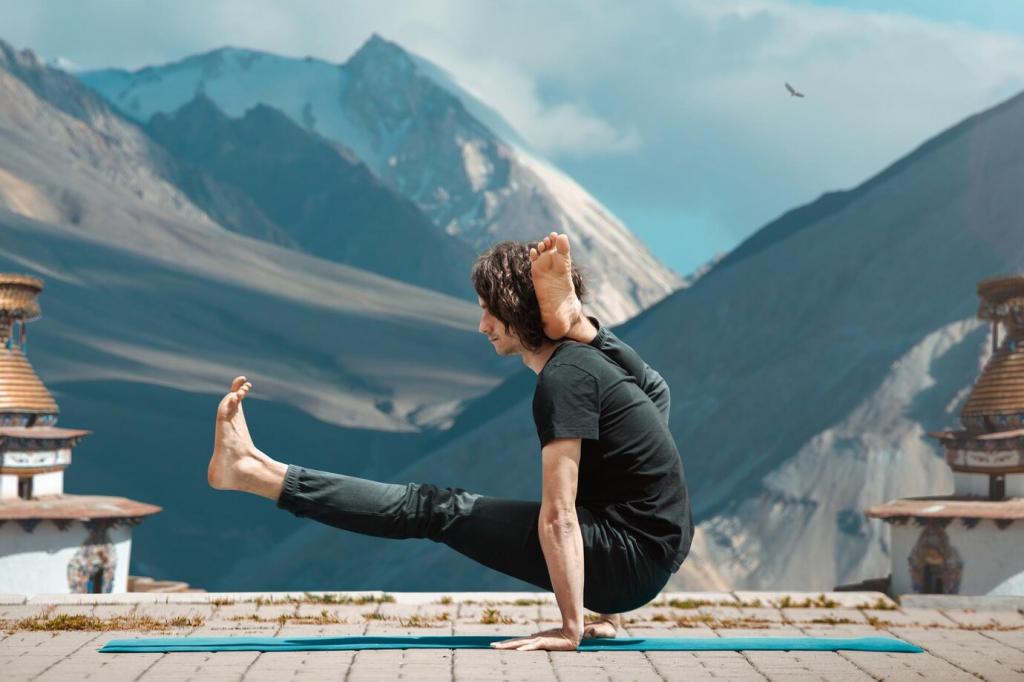Breath, Bandhas, and Count: Training the Mind
Think of Ujjayi as your inner metronome. When intensity rises, lengthen the exhale and keep the sound quiet, even, and textured. Each inhale crowns a posture; each exhale completes it. The rhythm shelters focus from noise and fluctuating motivation.
Breath, Bandhas, and Count: Training the Mind
Light, continuous activation of mula and uddiyana bandhas consolidates energy. Instead of muscling through, you organize from inside, stabilizing attention along with movement. A subtle lift in the pelvic floor reminds the mind to gather, not scatter, especially during transitions.
Breath, Bandhas, and Count: Training the Mind
Vinyasa count occupies working memory with purposeful structure. Ekam, dve, trini—it becomes a simple chant that reduces mental clutter. When thoughts pull you sideways, return to the count. Share in the comments which count cues help you re-center fastest.
Breath, Bandhas, and Count: Training the Mind
Lorem ipsum dolor sit amet, consectetur adipiscing elit. Ut elit tellus, luctus nec ullamcorper mattis, pulvinar dapibus leo.





